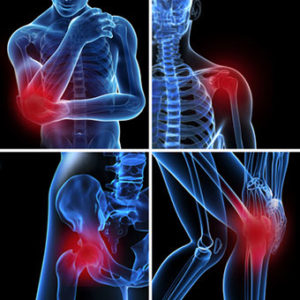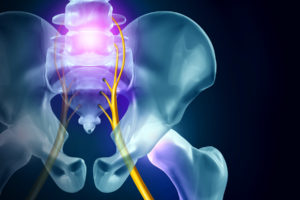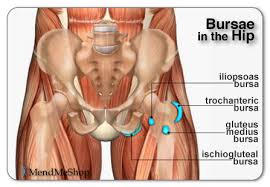How a MD diagnoses Bursitis:
1 – Doctors can often diagnose bursitis based on a medical history and physical exam but if further testing needed the M.D. will do the following:
2 – Imaging tests. X-ray images can’t positively establish the diagnosis of bursitis, but they can help to exclude other causes of your discomfort. Ultrasound or MRI may be used if your bursitis can’t easily be diagnosed by a physical exam alone.
3 – Lab tests. Your doctor may perform blood tests or an analysis of fluid from the inflamed bursa to pinpoint the cause of your joint inflammation and pain.
Treatment for Bursitis:
Bursitis treatment usually involves conservative measures, such as rest, ice and taking a pain reliever. If conservative measures don’t work, treatment may include:
- Medication. If the inflammation in your bursa is caused by an infection, your doctor might prescribe an antibiotic.
- Therapy. Your doctor may recommend physical therapy or exercises to strengthen the muscles in the affected area to ease pain and prevent recurrence. When cleared by PT or OT it is up to you to continue those exercises the rest of your life unless your MD tells you otherwise.
- Injections. Your doctor may inject a corticosteroid drug into the bursa to relieve inflammation in your shoulder or hip. This treatment generally brings rapid pain relief and, in many cases, one injection is all you need. It cause anti inflammatory effects to the area.
- Assistive device. Temporary use of a walking cane or other device will help relieve pressure on the affected area.
- Surgery. Sometimes an inflamed bursa must be surgically drained, but only rarely is surgical removal of the affected bursa ever needed and if told necessary by the MD a second opinion never hurts even though it is time consuming and that is up to you.
Measures you can take to alleviate the pain of bursitis:
- Rest and immobilize the affected area
- Apply ice to reduce swelling
- Take an over-the-counter medication, such as ibuprofen (Advil, Motrin IB, others) or naproxen sodium (Aleve, others), to relieve pain and reduce inflammation
- Cushion your knees if you sleep on your side by placing a small pillow between your legs
- Avoid elbow pressure by not leaning or placing your weight on your elbows to rise from a lying position or if taking long drives and leaning on the Right elbow or Left elbow on the door or console.
Measures you can do to prevent Bursitis:
While not all types of bursitis can be prevented, you can reduce your risk and the severity of flare-ups by changing cushioning your areas of where bursitis can take place:
- Using kneeling pads. Use some type of padding to reduce the pressure on your knees if your job or hobby requires a lot of kneeling.
- Lifting properly. Bend your knees when you lift. Failing to do so puts extra stress on the bursae in your hips.
- Wheeling heavy loads. Carrying heavy loads puts stress on the bursae in your shoulders. Use a dolly or a wheeled cart instead.
- Taking frequent breaks. Alternate repetitive tasks with rest or other activities.
- Walking around. Try not to sit in one position too long, especially on hard surfaces, because that puts pressure on the bursae in your hips and buttocks.
- Maintaining a healthy weight. Being overweight places more stress on your joints.
- Exercising. Strengthening your muscles can help protect your affected joint.
- Warming up and stretching before strenuous activities to protect your joints from injury.
Revised 4/02/24 by Elizabeth Lynch RN BSN


